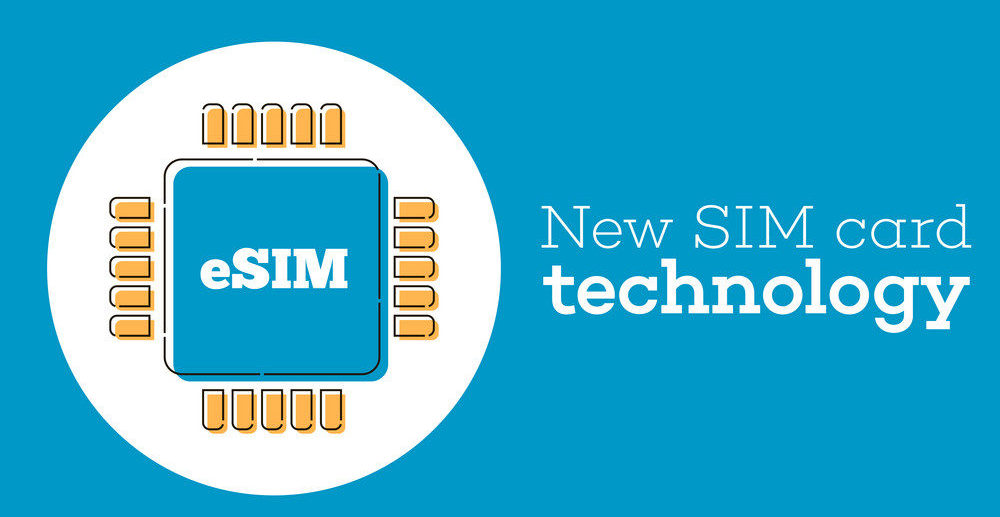
The UK mobile phone market has undergone significant changes in recent years, with eSIM technology emerging as one of the most talked-about developments. An eSIM (embedded SIM) eliminates the need for the traditional plastic SIM card and allows users to activate a mobile number or switch networks digitally, directly on their devices.
But the question remains: Is eSIM rapidly replacing the traditional SIM card in the UK? The answer isn’t as straightforward as it may seem.
What Is an eSIM and How Does It Work?
Unlike traditional SIM cards, which are physical and removable, an eSIM is built directly into your smartphone or device. Rather than swapping out a small plastic card when changing networks or plans, users can simply download a network profile onto the eSIM chip through a QR code or app.
This technology has been adopted by leading smartphone manufacturers such as Apple, Samsung, and Google, with newer devices almost always including eSIM compatibility alongside the traditional SIM slot though some brands are now beginning to eliminate the physical SIM tray altogether.
Why eSIM Adoption Is Growing in the UK
Convenience for Consumers
One of the biggest driving factors for eSIM adoption in the UK is sheer convenience. With an eSIM, there’s no need to wait for a SIM card in the post, visit a phone shop, or fiddle with SIM tools. Users can activate new plans or switch providers in minutes, all digitally.
For business travellers or holidaymakers, eSIM offers an additional benefit: the ability to load a local network profile when abroad without physically swapping SIMs. This is particularly attractive given the changes to EU roaming post-Brexit, as travellers seek more cost-effective ways to stay connected.
Growing Support Among UK Networks
In the early days, only a few UK mobile operators offered eSIM support. Now, most of the major players — including EE, O2, Vodafone, and Three — provide eSIM options for both pay monthly and business customers. This expanded support has significantly contributed to wider adoption.
Environmental Benefits
As sustainability becomes more important to UK consumers and businesses, the reduction in plastic waste associated with eSIM is another appealing factor. Eliminating the need for physical SIM cards, packaging, and shipping aligns with the growing push towards greener technology.
Security Improvements
An eSIM is harder to steal or tamper with compared to a traditional SIM card. It’s built into the phone and requires digital authentication to transfer or modify. This makes it less vulnerable to theft or SIM-swap fraud, providing peace of mind for consumers and businesses alike.
Barriers to Faster eSIM Adoption in the UK
Despite the clear benefits, eSIM hasn’t fully replaced the traditional SIM card in the UK yet. Here’s why:
Consumer Awareness Is Still Low
Many UK consumers are either unaware of eSIM technology or confused about how it works. Physical SIM cards remain familiar and easy to understand for the average user, especially those less comfortable with digital technology.
Device Compatibility
While most premium smartphones (iPhones, Samsung Galaxy, Google Pixel) support eSIM, many mid-range or budget models do not. Until eSIM is universally included in all devices sold in the UK, traditional SIM cards will remain necessary.
Network and Industry Caution
UK mobile providers are gradually rolling out eSIM, but none have fully committed to removing physical SIM options yet. Providers are cautious, knowing that many consumers still prefer having a physical card as a backup.
Looking Ahead: Will eSIM Replace SIM Cards in the UK?
There are signs that the UK is moving steadily towards an eSIM future. Apple’s decision to remove the SIM tray from iPhone 14 models sold in the US hints at what’s to come globally, and the UK is unlikely to be far behind. Analysts predict that within the next 5 years, eSIM will become standard in the UK mobile industry, particularly as device compatibility improves and consumer awareness grows.
